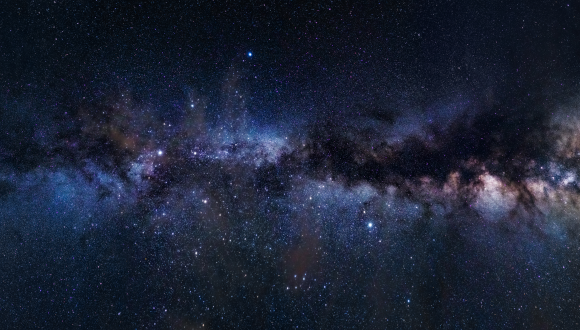TAU study reveals a new understanding of the formation of the first stars

Research explores whether massive stars in the early universe were born in pairs
Support this researchA new study from a Tel Aviv University (TAU) researcher reveals that most massive stars formed in the early universe were born as binary systems, similar to the massive stars in our own galaxy. The research team says that these findings provide the first strong evidence that massive binary stars were common in the early universe.
The study was led by Dr. Tomer Shenar of TAU’s School of Physics & Astronomy, Dr. Hugues Sana of KU Leuven University in Belgium, and Dr. Julia Bodensteiner of the University of Amsterdam, the Netherlands. The study was published on September 2, 2025, in the journal Nature Astronomy.
The researchers explain that massive stars, those with at least ten times the mass of the Sun, are responsible for a variety of cosmic phenomena. A single massive star can emit more energy than a million Sun-like stars. Massive stars shape the structure and properties of their host galaxies, produce most of the universe’s heavy elements, and end their lives in powerful supernova explosions, leaving behind the most mysterious objects we know: neutron stars and black holes.
Most massive stars in the Milky Way are born in “binary systems,” pairs of stars in orbits so close that they exchange matter and sometimes even merge during their lifetimes. These interactions fundamentally alter the evolution and fate of the massive stars.
A key question is whether this phenomenon of “binarity” also characterized the massive stars that formed in the early universe. Today, the James Webb Space Telescope can observe the first galaxies formed after the Big Bang, which indicate the presence of giant populations of massive stars, but their enormous distances prevent direct examination of their stellar system structures.
“To overcome this limitation, we developed an observational survey designed to study massive stars in a relatively nearby galaxy that mimics the chemical conditions of the early universe,” Dr. Shenar says. “As part of the Binarity at LOw Metallicity (BLOeM) survey, we carried out a two-year observing campaign with the VLT in Chile, during which we obtained spectra of about 1,000 massive stars in the Small Magellanic Cloud — a neighboring galaxy with a low metal content, resembling the composition of the young universe.
“Spectral analysis of the data enables measurement of periodic motions of stars, thereby revealing the presence of stellar companions. From detailed analysis of 150 of the most massive stars, we found that at least 70% are part of close binary systems. This constitutes the first direct and convincing evidence that massive stars commonly existed in binaries even under the conditions of the early universe, perhaps even more frequently than today.”
The researchers say that the findings transform their understanding of the processes that shaped the universe, from the formation of black holes of all scales, through the nature of supernova explosions, to the enrichment of entire galaxies with the heavy elements necessary for the creation of stars, planets, and even life itself.